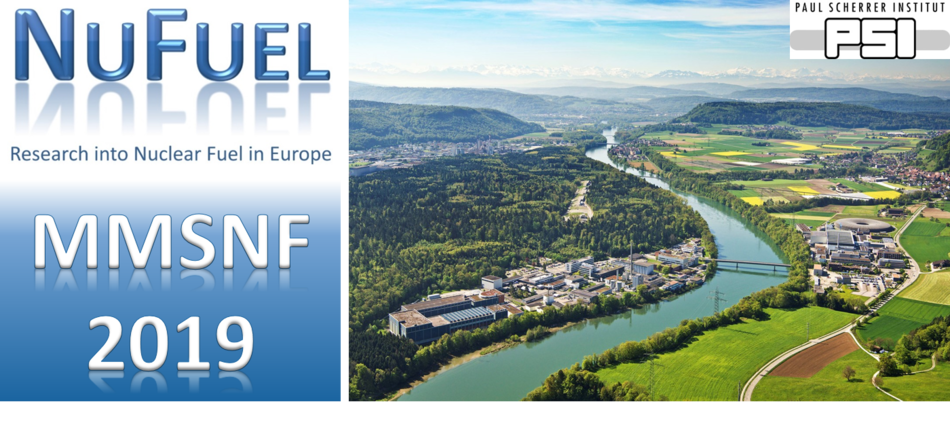Speaker
Description
The project aims to cover the main aspects of the nuclear industry such as an extension of the fuel campaign and increasing the fuel burn-up depth. The prolongation of nuclear fuel campaign up to 24 months will require uranium-235 enrichment up to ≤5.0%. The nuclear reactor operation at all stages is determined by the reactivity reserve that is expended during its working process. With only one fuel reload per campaign, the energy release profile at the beginning of this campaign will have the maximum unevenness. In the centre of the core, fuel will burn more intensely, and at the edge, it will be slower. To suppress the initial high reactivity in the reactor core, it is necessary to integrate a burnable neutron absorber into a fuel pellet. It should have a high neutron capture cross-section and do not cause the formation of undesirable minor products. Thus, burnable absorbers are needed to control the peak power and regulate the temperature coefficient of reactivity. There are different methods to profile the energy release in the core:
• Integral burnable absorbers ZrB2 to reduce reactivity at the beginning of the operating cycle(s);
• Inert fuel assemblies, which consist of steel or zirconium rods placed in the central part of the core to reduce reactivity.
Successful experience on applying (U, Gd)O2 fuel pellets with ZrB2 coating, deposited onto the surface, provided a higher neutron adsorption abilities for the reactor and resulted in optimizing the economic performance. Comparing characteristics of the UO2 fuel with Gd2O3 and ZrB2 absorbers integrated into it, a greater temperature coefficient of reactivity was observed in the active zone with fuel UO2 + ZrB2. The reason is the difference in the energy dependences of the neutron absorption cross sections: this dependence is more extended in boron. This property of ZrB2 is especially important when increasing the energy intensity of the core and will be crucial for fuel loads designed for more than one year of operation (18 months). ZrB2 is a well-known ultrahigh temperature ceramics finding applications as a burnable absorber. We suggest homogeneous incorporating ZrB2 into the fuel pellet core. Three variants of the fuel pellets were prepared. Wherein, a ceramic pellet of uranium dioxide as standard fuel form was manufactured as an etalon for the further investigations. ZrB2 was integrated in the form of powder and/or micro granules which keeps ZrB2 inside a sealed granule and, hence, requires less amount of absorber per pellet. The concentration of the absorber also plays an important role. As known, an increase in the concentration of Gd2O3 in UO2 fuel to 7% allows for a 12-month duration of the irradiation cycle, the addition of 9wt.% allows to increase the cycle time up to 16 months.
This work is a fundamental stone in developing nuclear fuel manufacturing processes and tackling the challenge of improving the nuclear fuel performance with hybrid fuel assemblies that facilitate longer (24-months). This detailed study constitutes the foundation stone in our understanding the effects of ZrB2 on the fuel performance.
